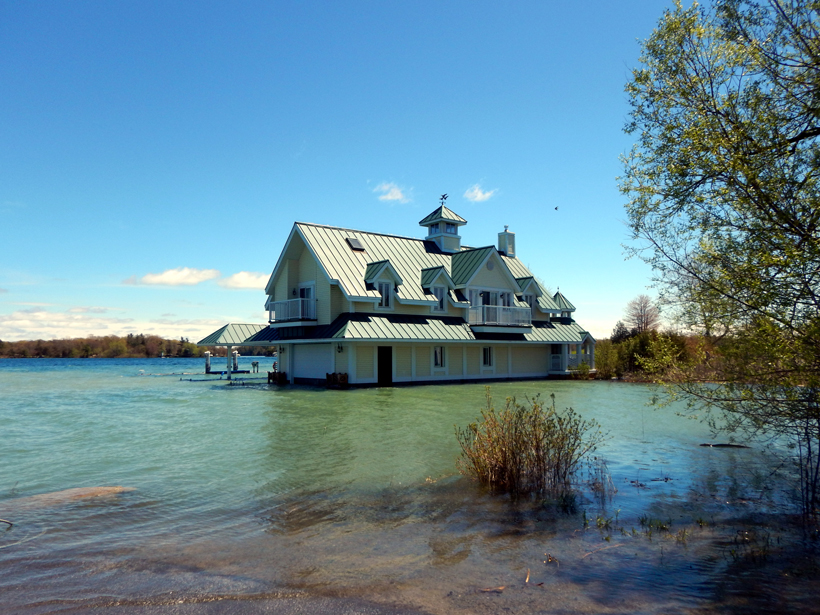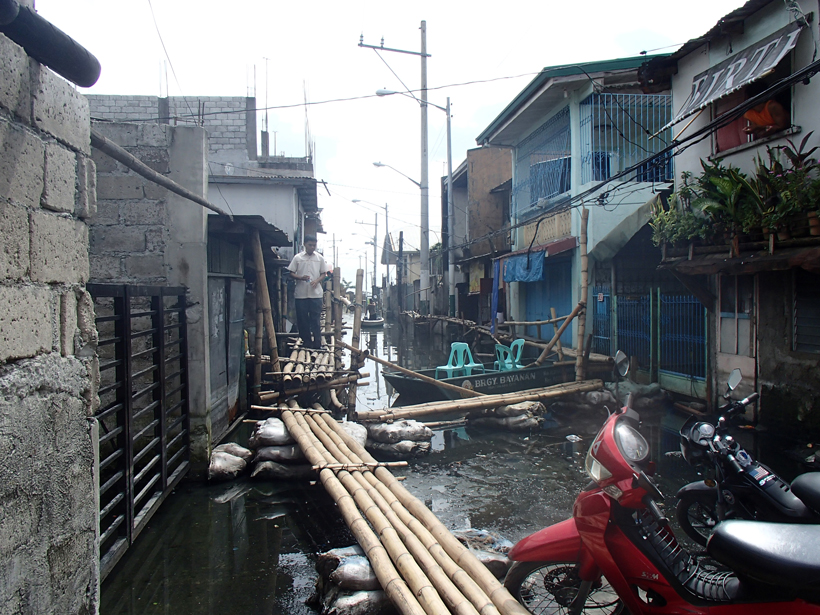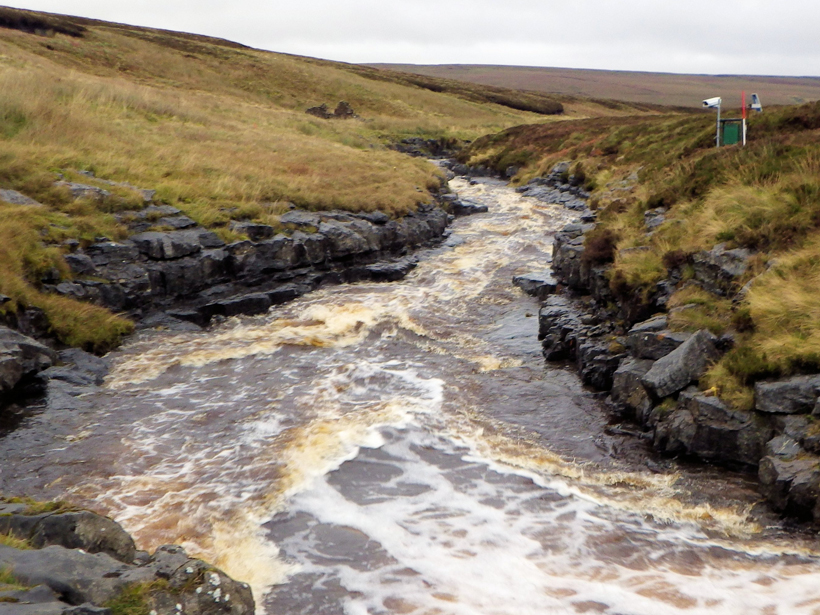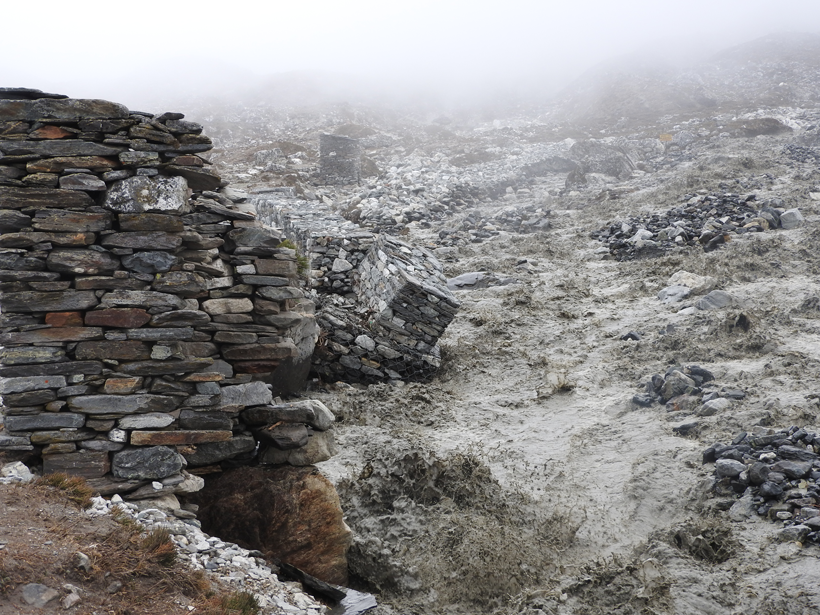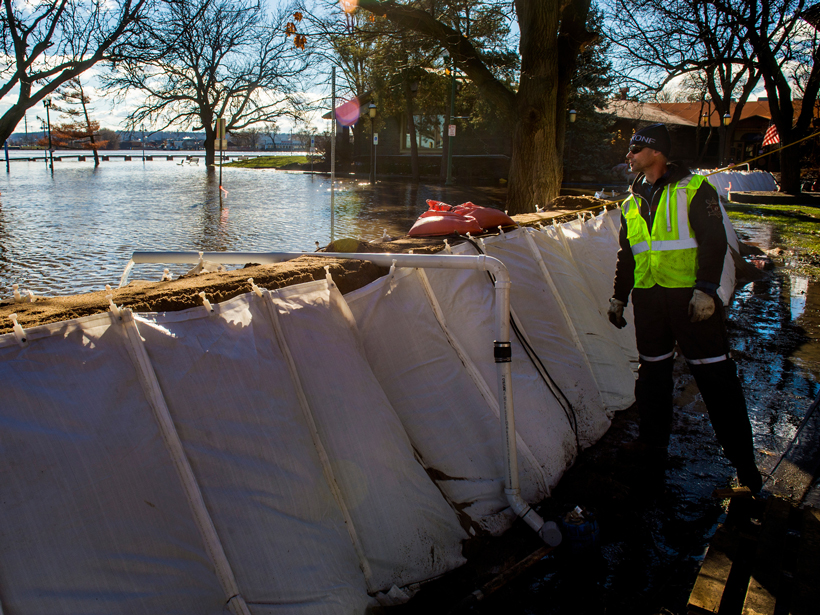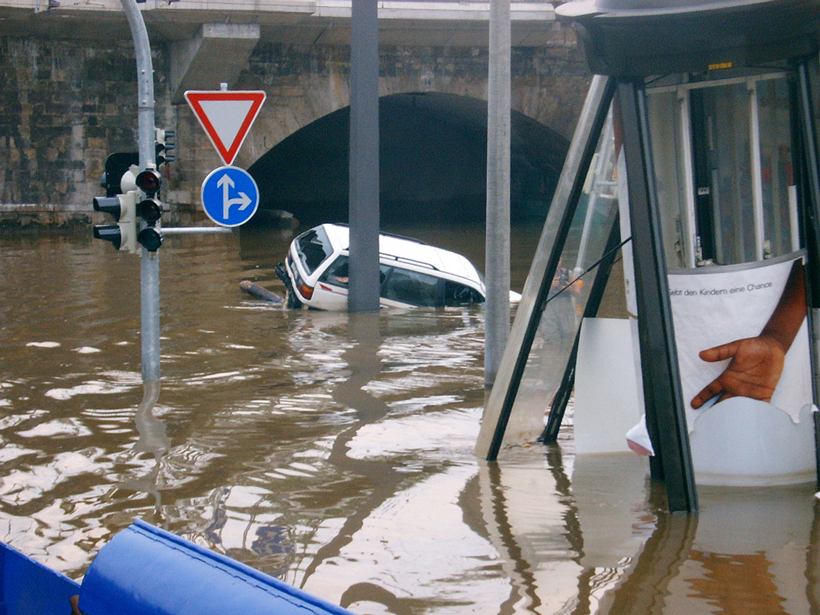The floodwaters have also affected residents downstream along the Saint Lawrence River. Although politicians quickly blamed regulations, scientists say it was a perfect storm of natural factors.
floods
A New Model for River Meanders
A river’s twists and turns are shaped by its past flood events.
The Value of Disaster Damage Data
The editors of a new book describe the benefits of systematic collection, storage, analysis, and sharing of damage data after flood events.
Algorithm Discerns Where Tweets Came from to Track Disasters
New pilot system that analyzed more than 35 million flood-related Twitter posts to determine their geographic origin might help first responders locate and react more quickly to calamities.
Timothy A. Cohn (1957–2017)
Cohn emphasized the use of hydrologic science for the public good, to protect ordinary citizens from flood and pollution hazards and to reduce losses from natural disasters.
Mapping Dengue Fever Hazard with Machine Learning
Researchers develop a predictive software system to identify city-specific, dengue fever risk areas amid a global increase in cases.
How Do Rivers Flow over Bedrock?
A study questions whether the hydraulics of rivers that lack loose sediments along their bottoms can be accurately depicted by standard equations for flow over sediment.
Glacial Outburst Flood near Mount Everest Caught on Video
More than 2 million cubic meters of water, hidden deep within Lhotse Glacier, spilled down toward the village of Chukhung, Nepal, in 2016.
Key House Member Makes a Conservative's Case for Water Projects
The White House and Democrats want to see an infrastructure package move through Congress. One House subcommittee chairman intends to make sure that water resource projects are part of the plan.
Using Archives of Past Floods to Estimate Future Flood Hazards
Cross Community Workshop on Past Flood Variability; Grenoble, France, 27–30 June 2016

